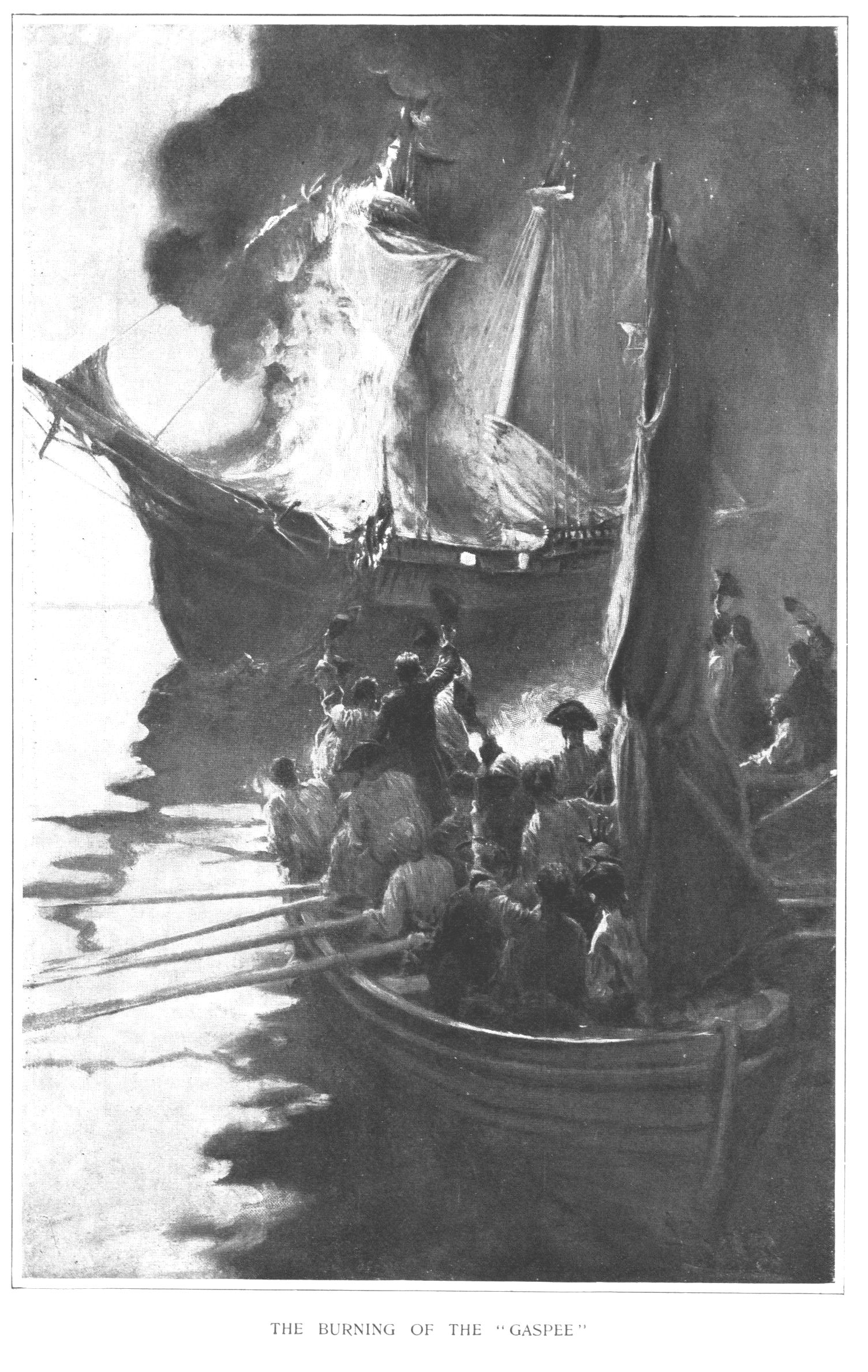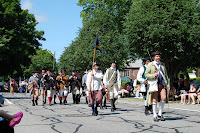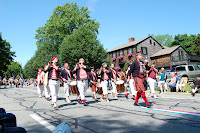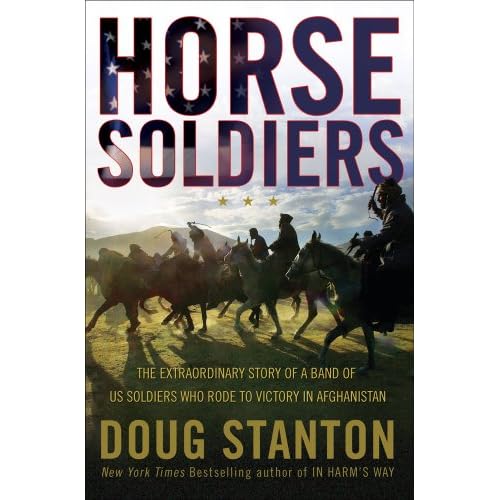
John F. Wasik, The Cul-De-Sac Syndrome: Turning Around the Unsustainable American Dream.
After detailing the recent bursting of the housing bubble, John Wasik asks, "Why was the American psyche so heavily invested in home ownership?" Answering his own question, Wasik points to the history of Americans' inherent desire to own property to begin his explanation. He looks to the Jeffersonian conception of the "pursuit of happiness" that replaced Locke's "preservation of [men's] property" in the Declaration of Independence. According to Wasik, property was only a part of Jefferson's conception of the "American Dream."
America would expand far beyond [Jefferson's] beloved Blue Ridge Mountains. It would be an enlightened development led by yeoman farmers. THe key to this master plan: a massive acquisition and settlement of disrete parcels of land into subdivisions. It was precise. Eventually it would become a bulwark of democracy.
Thus, the Louisiana Purchase provided the opportunity for all as envisioned by Jefferson, who helped to inculcate in the American mind an ethos of opportunity based on national expansion by the expansion of property ownership. What was good for the citizens was good for the country. This basic philosophy was reinforced by Lincoln's settlement policies; the Homestead Act of 1909, the New Deal and so on.
Yet, somewhere along the way the inherent "good" of home ownership shifted. It was no longer enough to own a home (albeit, via a 30 year mortgage!). After the dot com bubble burst and 401(k)'s took a dive, "Homes became the financial panacea of the middle class," according to Wasik. Low interest rates, easy loans, sub-prime...we all know the terms by now. The result was the housing crisis of 2008/09. But there is more to the story.
As Wasik details extensively, the expansionist mindset still prevails in America and has led mostly middle-class families into sprawling "spurbs" far out in the former hinterlands. And now the reality is undercutting the conventional wisdom of the past. Does it make sense to work 1-2 hours from your home (a 5,000 square foot McMansion that houses you, your spouse and 2 kids), which forces you to spend too much time on the road commuting to and from work and traveling between box stores and play dates in your gas-guzzling SUV? As Wasik tells it, this rapid expansion away from established population centers has strained our infrastructure and our health and has foisted unneeded bills onto our budgets.
In the second half of the book, Wasik offers visions of a future towards which he hopes Americans will turn . In short, he sees our national salvation somewhere in a marriage between New Urbanism and Green Technology. However, cost is a prohibitive factor, and, recognizing this, Wasik is always willing to temper his "gee whiz" fascination with innovative green technology with pragmatic sticker shock. Custom green costs a lot, but it may lead to more cost-effective innovation down the line. Of course, someone is going to have to pay for it as the kinks get worked out! (And tax-payer dollars are going to play a big role in subsidizing such experimentation).
Cost is also a factor in Wasik's prediction that people will be moving back to the cities. So long as energy prices continue to rise, people will look to avoid paying those costs by looking for smaller abodes that are closer to work and play. However, that's assuming that those population centers reform current zoning laws, spruce up rundown sections and generally make themselves more attractive to the single set and aging boomers. Wasik thinks they will.
Though not heavy-handed, Wasik shows no love for the Bush Administration and guarded hope for the policies thus far promised by the Obama Administration. Time will tell if his faith is rewarded. Overall, Cul-De-Sac is a good synthesis of current Green and New Urbanism thinking ("Green Urbanism"?) and Wasik is an interesting and lively guide.




















